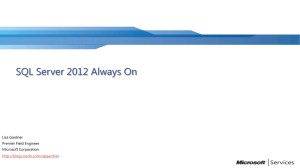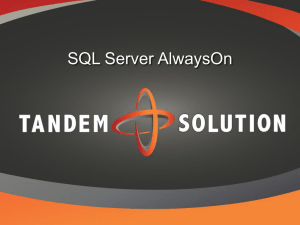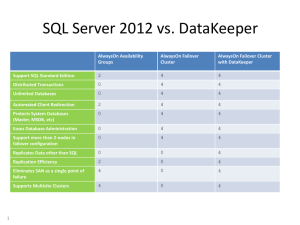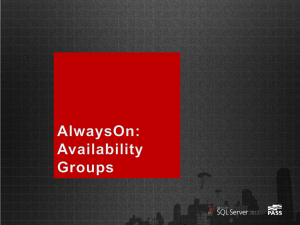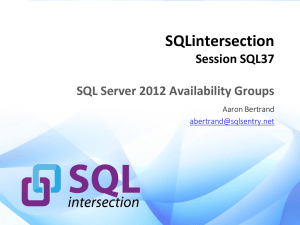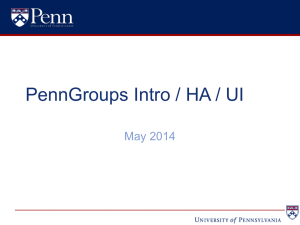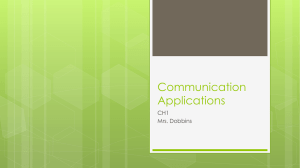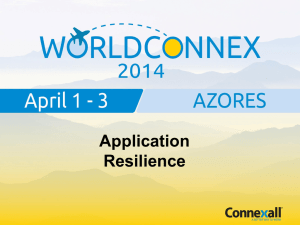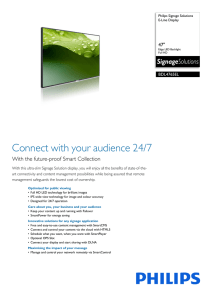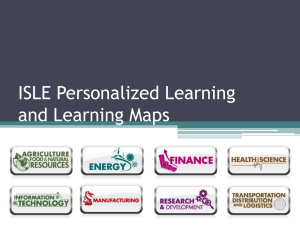Implementing-AlwaysON.ppt
advertisement
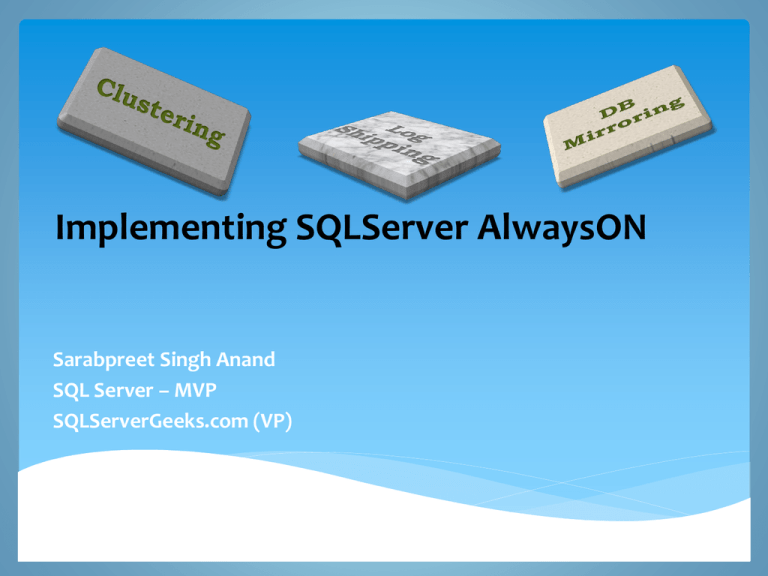
Implementing SQLServer AlwaysON Sarabpreet Singh Anand SQL Server – MVP SQLServerGeeks.com (VP) Sarabpreet Singh Anand SQL Server MVP MCTS, MCITP: Admin, MCT certifications Vice President & Regional Mentor SQLServerGeeks.com Expert in handling VLDBs & Disaster Management Conducted many SQL Server Boot camp Trainings across India Regular Speaker: UG Events, In-person Events & Webcasts Microsoft Community Tech Days (CTD),Etc Follow Me @Sarab_SQLGeek Email : sarab@sarabpreet.com sarabpreet.anand@gmail.com Agenda Why AlwaysON What is required to configure AlwaysON Benefits of AlwaysON How AlwaysON works Diff. Topologies Readable Secondary Backup on Secondary Demo How to implement\Configure AlwaysON Backups on Secondary Readable Secondaries Limitations in DB Mirroring & Log Shipping • Implement for Each DB • Either Sync\Aync – DBM • Single mirror DB Possible in DBM • DB Failover • Single DB • No Automatic – LS • Need Witness for Automatic Failover– DBM • Application Failover • Not So Easy – LS • With PartnerFailover Value – DBM • Reporting\Backup • Reporting – just a workaround – also for limited time only • No Backup Possible What is required to configure AlwaysON Windows Failover Cluster SQL Server 2012 Enterprise\Developer\Evaluation Edition All Nodes should be part of the same domain. Static IP for Listener (a DHCP also Works but….)* Same Drive Letters on all Nodes otherwise....* AlwaysON should be enabled on each SQL Installation Service All participating DBs should be in Full Recovery model with minimum of One Full backup. Shared Folder* Benefits of AlwaysON • Use Secondary for reporting Implementation Configuration • Use Secondary for Backups • Multiple DBs • Multiple Secondary • Mix Sync\Async • Sync & Async • Upto 4 Replicas • Builtin Compression • Multiple DBs can Failover • Upto 3 Sync • Builtin Encryption • Upto 2 Automatic Failover • Shared & Non Shared Disk • Automatically creates a • Creates Auto Stats for Secondary together • Automatic\Manual Failover • Transparent App Failover Listener • Upto 10 AGs and in total upto 100 DBs on an Instance. Clients connect to primary replica using Listener A failover is initiated SQL-AG1 confirms failover and informs WSFC Bring SQL-AG1 offline Clients are disconnected Brings SQL-AG2 online AG & Listener resource moves to SQL-AG2 Clients are automatically redirected to SQL-AG2 using Listener WSFC notify all secondary replicas Secondaries reconnect to the new primary replicas mirroring endpoint and synchronization resumes Availability Group Listener How AlwaysON Work Topology Examples A A A A Direct attached storage local, regional and geo secondaries Synchronous data movement Asynchronous data movement Readable secondary Client connects to the Availability Group Listener Standard connections are routed to the Primary server for read/write operations ReadOnly connections are routed to a readable secondary based on ReadOnly routing configuration Availability Group Listener Readonly routing Readable Secondary Offloading Backups To a Secondary Backups can be done on any replica of a database to offload I/O from primary replica Transaction log backups, plus COPY_ONLY full backups Backup jobs can be configured on all replicas and preferences set so that a job only runs on the preferred replica at that time This means no script/job changes are required after a failover Transaction log backups done on all replicas form a single log chain Let’s see how to How to Implement AlwaysON How to Failover AlwaysON Dashboard How to Configure Backups on Secondaries Readable Secondaries Test Readable Routing Listener Add DB to same AlwaysON Group Thank you Speaker Contact Info: Twitter: @Sarab_SQLGeek Email: Sarab@Sarabpreet.com Sarabpreet.anand@gmail.com
